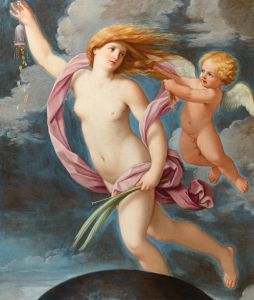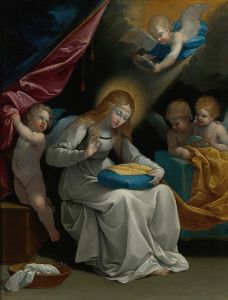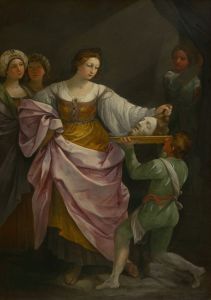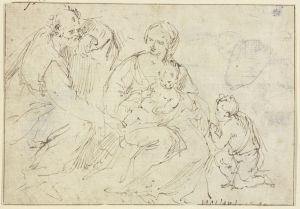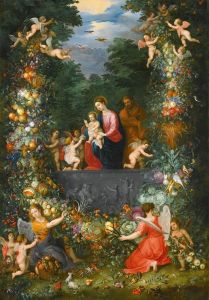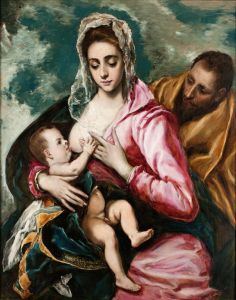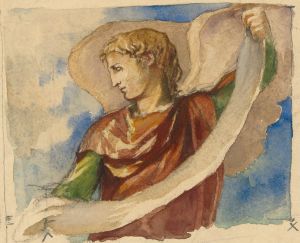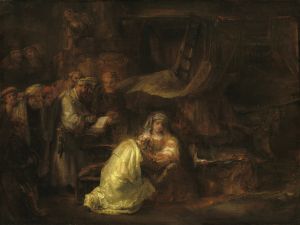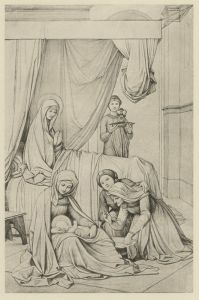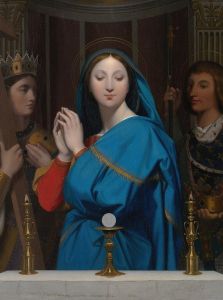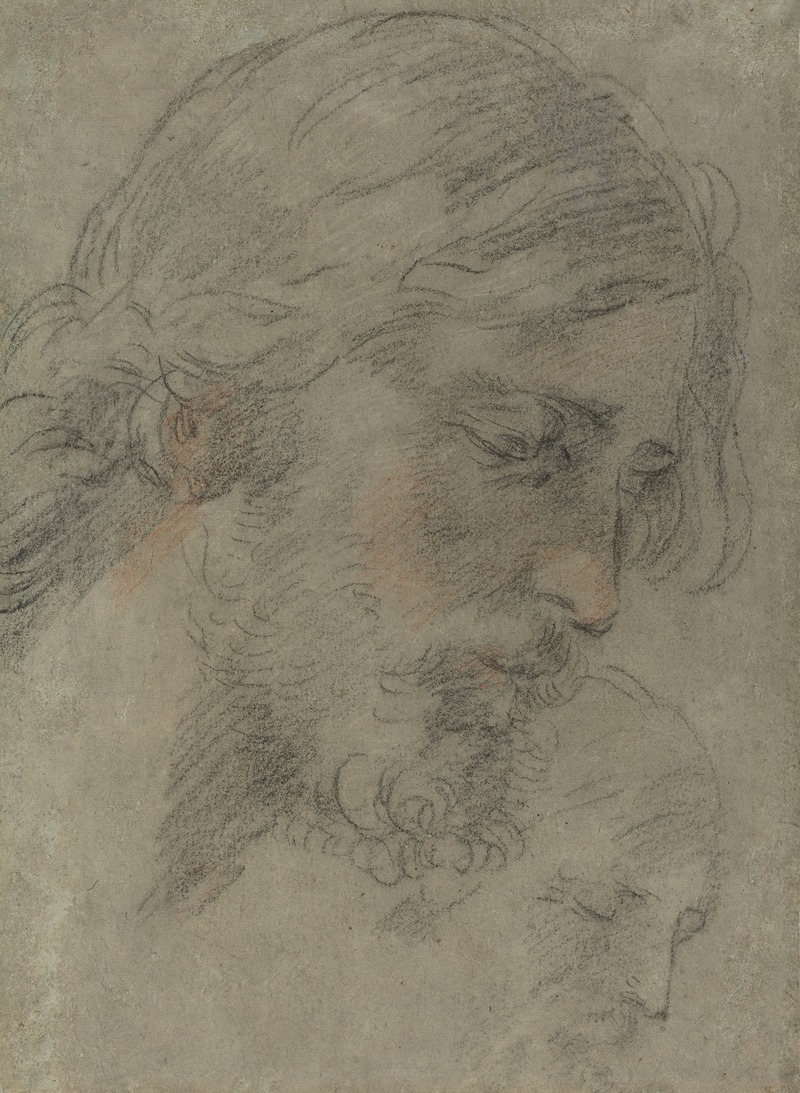
The Head of Christ
A hand-painted replica of Guido Reni’s masterpiece The Head of Christ, meticulously crafted by professional artists to capture the true essence of the original. Each piece is created with museum-quality canvas and rare mineral pigments, carefully painted by experienced artists with delicate brushstrokes and rich, layered colors to perfectly recreate the texture of the original artwork. Unlike machine-printed reproductions, this hand-painted version brings the painting to life, infused with the artist’s emotions and skill in every stroke. Whether for personal collection or home decoration, it instantly elevates the artistic atmosphere of any space.
Guido Reni's "The Head of Christ" is a notable work by the Italian Baroque painter, who was renowned for his religious and mythological compositions. Reni, born in Bologna in 1575, was a prominent figure in the Baroque movement, and his works are celebrated for their graceful figures and serene compositions. "The Head of Christ" exemplifies his mastery in capturing the divine and human aspects of religious figures.
This painting is a depiction of Jesus Christ, focusing on his head and shoulders. Reni's portrayal is characterized by a serene and contemplative expression, capturing the spiritual depth and compassion traditionally associated with Christ. The work is noted for its delicate use of light and shadow, a technique that Reni employed to enhance the three-dimensionality and emotional impact of his subjects. The soft illumination on Christ's face creates a sense of divinity and peace, which is a hallmark of Reni's religious paintings.
Reni's approach to religious art was influenced by the Carracci family, under whom he studied at the Accademia degli Incamminati in Bologna. The Carracci were instrumental in the development of the Baroque style, emphasizing naturalism and emotional expression, which Reni adopted and refined in his own works. "The Head of Christ" reflects these influences, showcasing Reni's ability to blend idealized beauty with a profound sense of spirituality.
The painting is also notable for its composition and use of color. Reni often employed a limited palette, focusing on subtle gradations of tone to achieve a harmonious and balanced effect. In "The Head of Christ," the use of soft, muted colors contributes to the overall sense of calm and reverence. The background is typically understated, allowing the viewer to focus entirely on the figure of Christ.
Reni's depiction of Christ has been influential in the iconography of Christian art. His interpretation of Christ's visage has been reproduced and adapted in various forms, underscoring the lasting impact of his work on religious imagery. "The Head of Christ" is often praised for its ability to convey a sense of divine presence and humanity, a duality that Reni skillfully captured through his artistic techniques.
The painting is housed in various collections, with different versions and copies attributed to Reni and his workshop. This practice was common during the Baroque period, as artists often created multiple versions of popular compositions for patrons and collectors. The widespread distribution of Reni's works contributed to his reputation as one of the leading painters of his time.
In summary, Guido Reni's "The Head of Christ" is a quintessential example of Baroque religious art, reflecting the artist's skill in rendering spiritual subjects with grace and emotional depth. Through his masterful use of light, color, and composition, Reni created a timeless image that continues to resonate with viewers and influence the portrayal of Christ in art.





